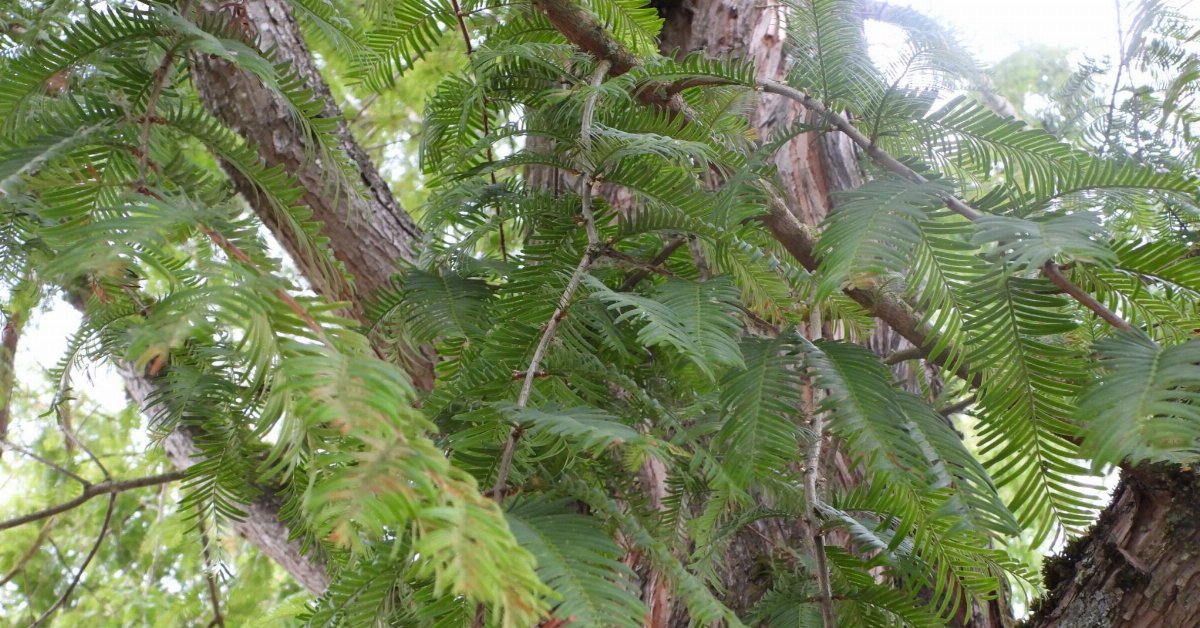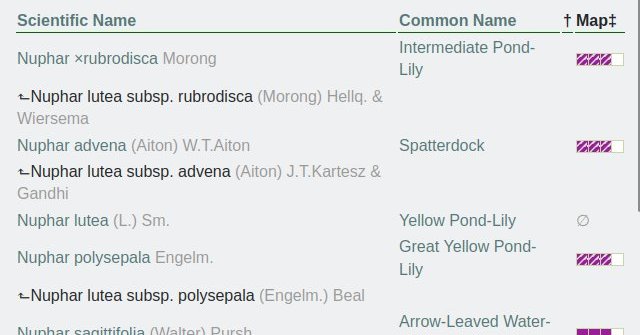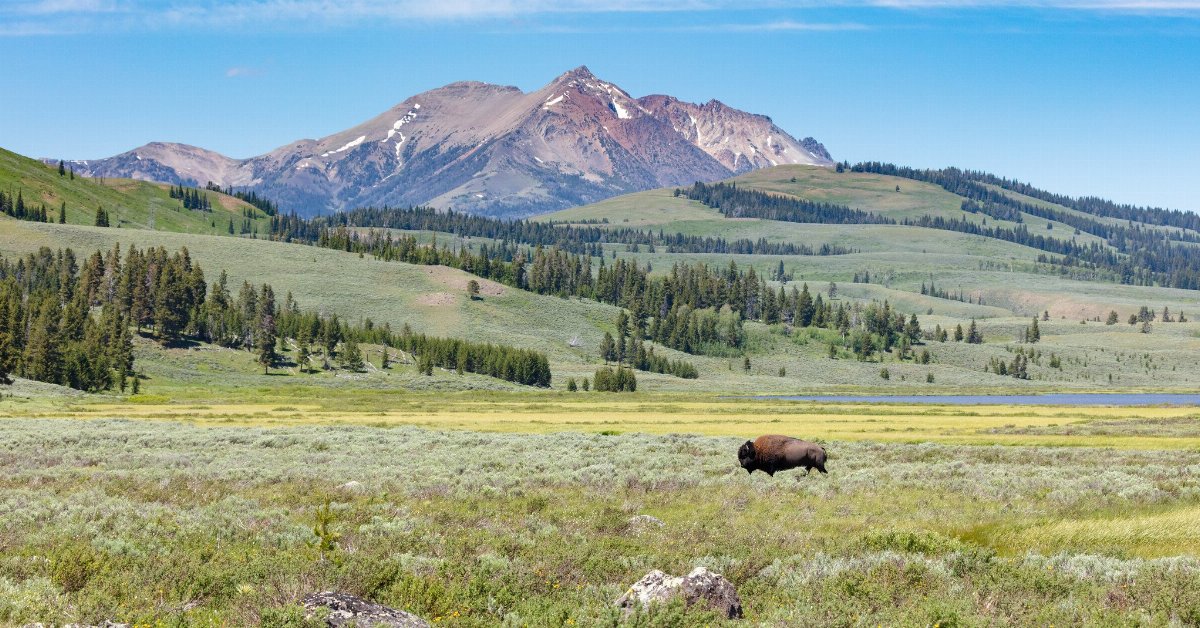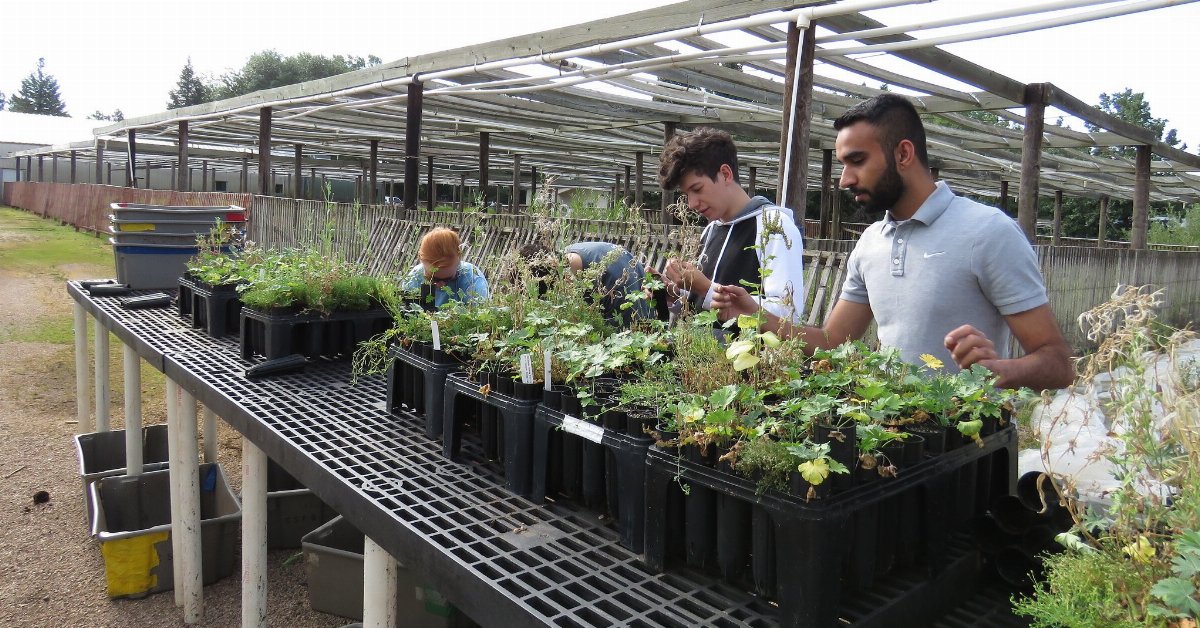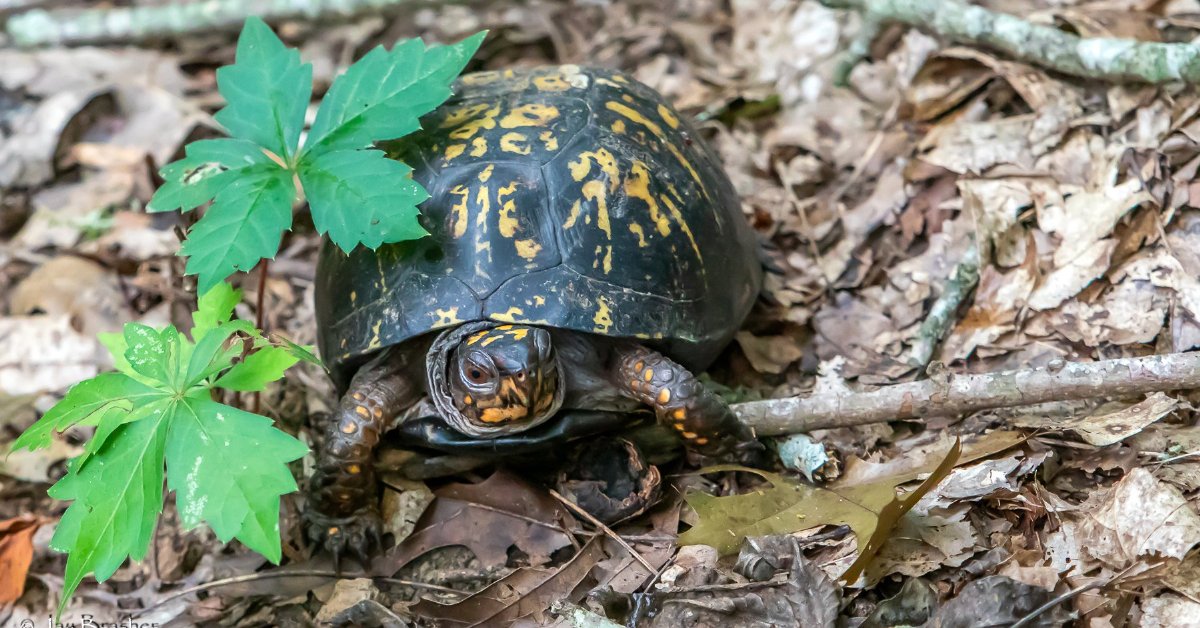Scarlet Pimpernel (Lysimachia arvensis)
Updated June 30th, 2025A small annual with distinctive coral-red flowers, native to Europe, western Asia and North Africa, and introduced in North America.
bplant.org is a website to help you learn about plants and their ecology and distribution, with an eye towards preserving, protecting, and restoring biodiversity.
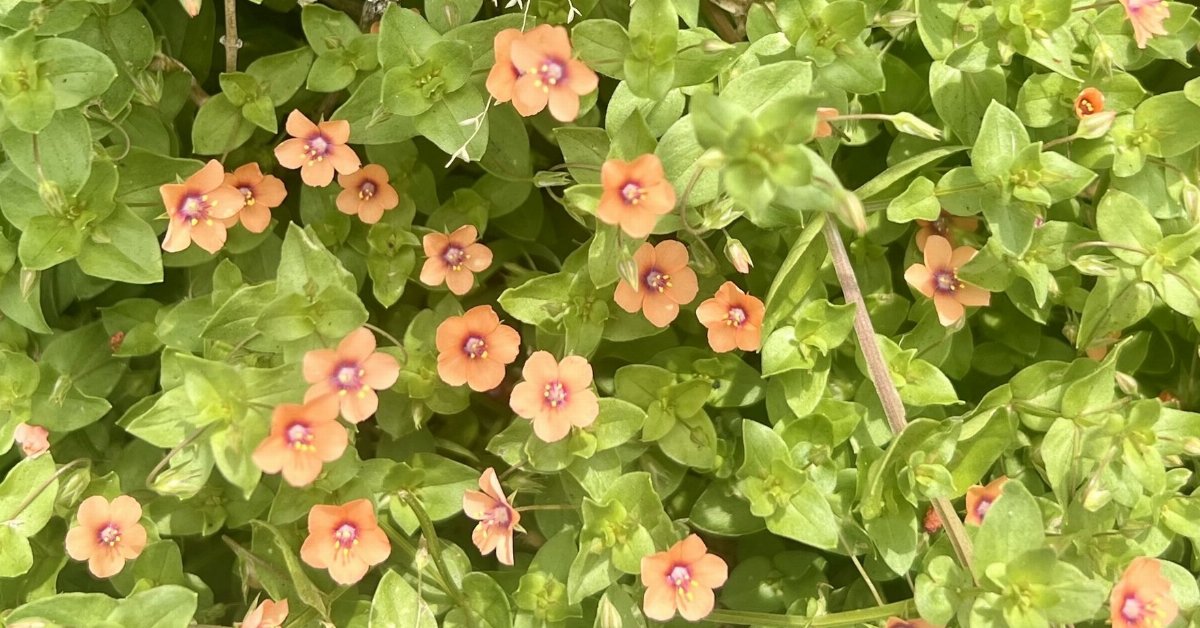
A small annual with distinctive coral-red flowers, native to Europe, western Asia and North Africa, and introduced in North America.
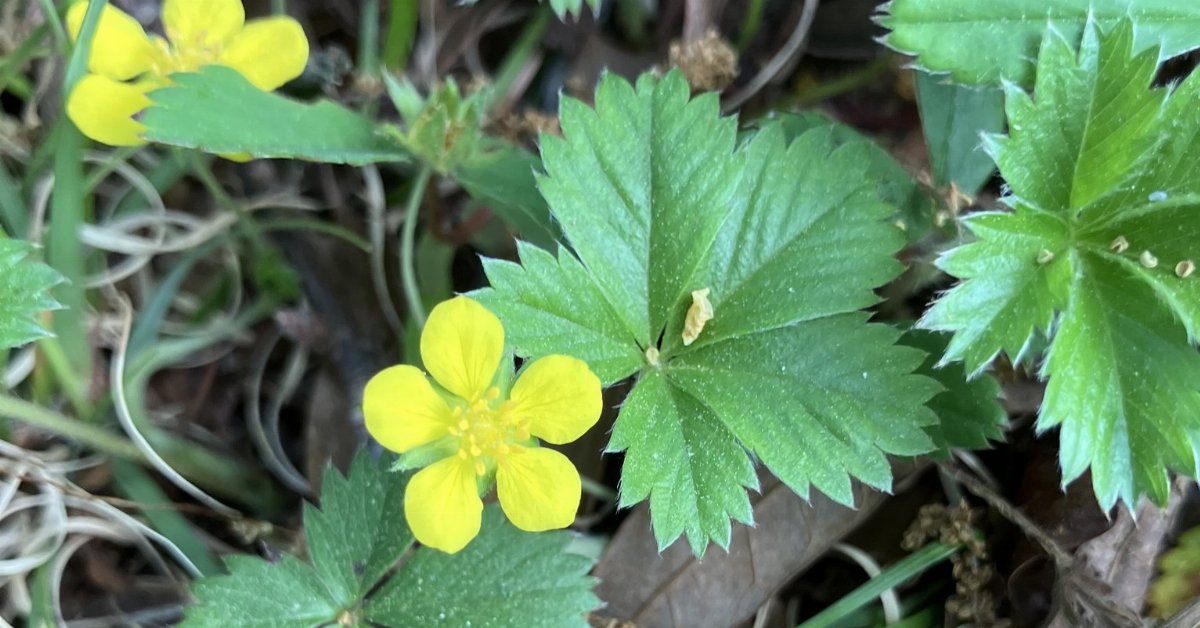
A native, creeping perennial of Eastern North America, occurring on dry to mesic, lightly-shaded sites with acidic soil.
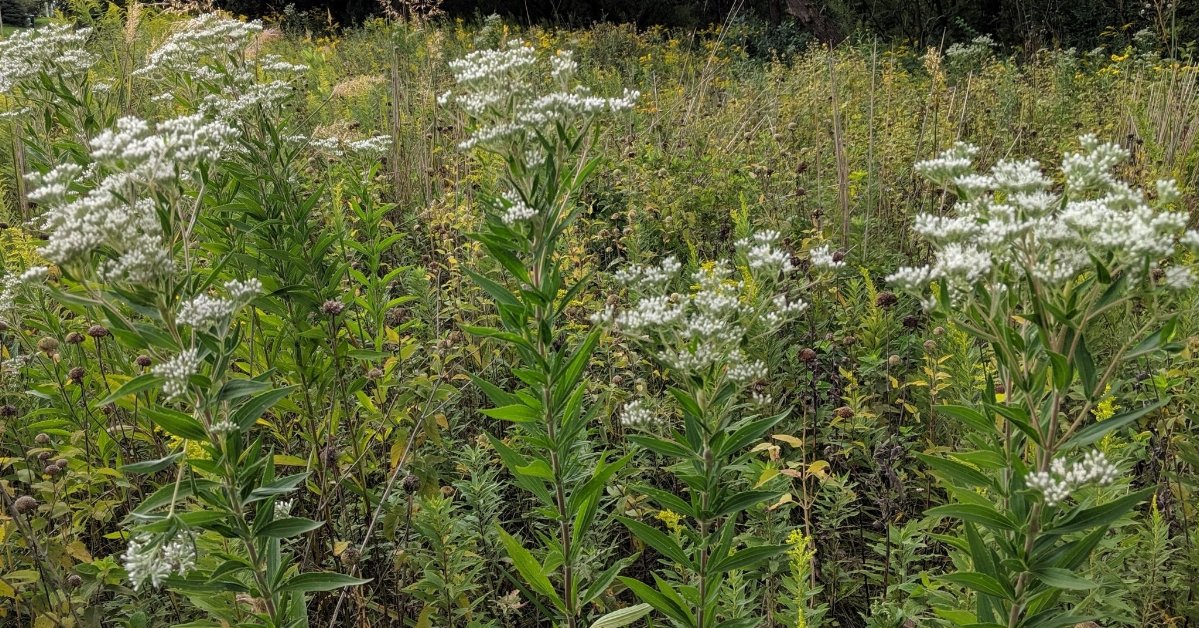
An upright perennial of dry, sunny, disturbed habitats, often on high-pH soils, native to the eastern to central US and expanding into the northeast.
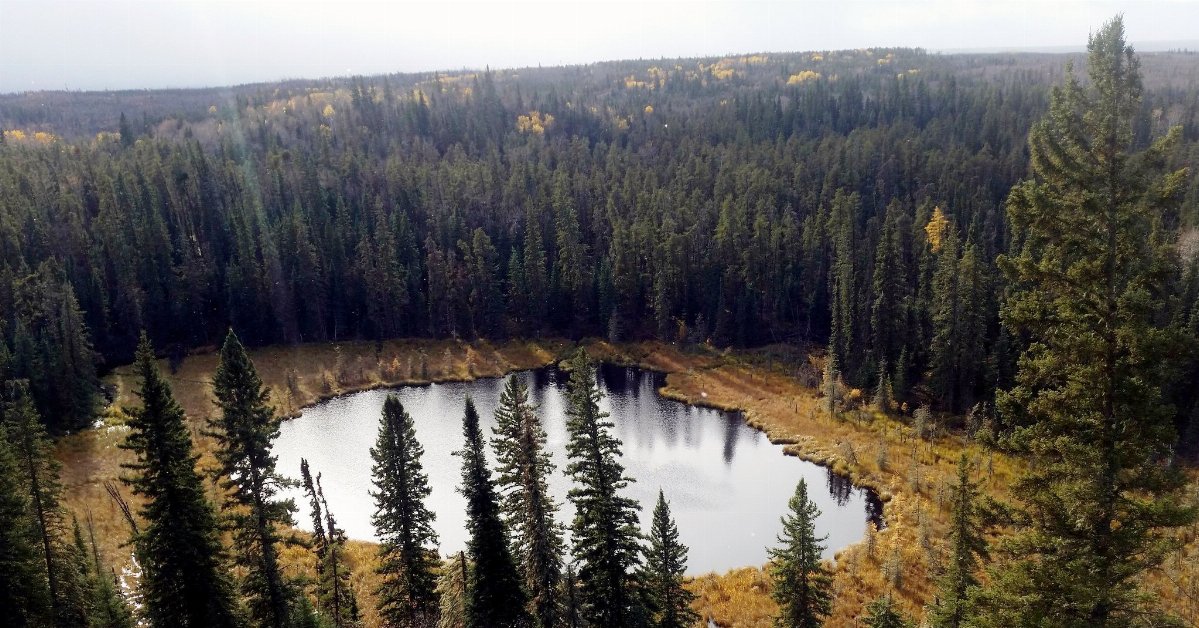
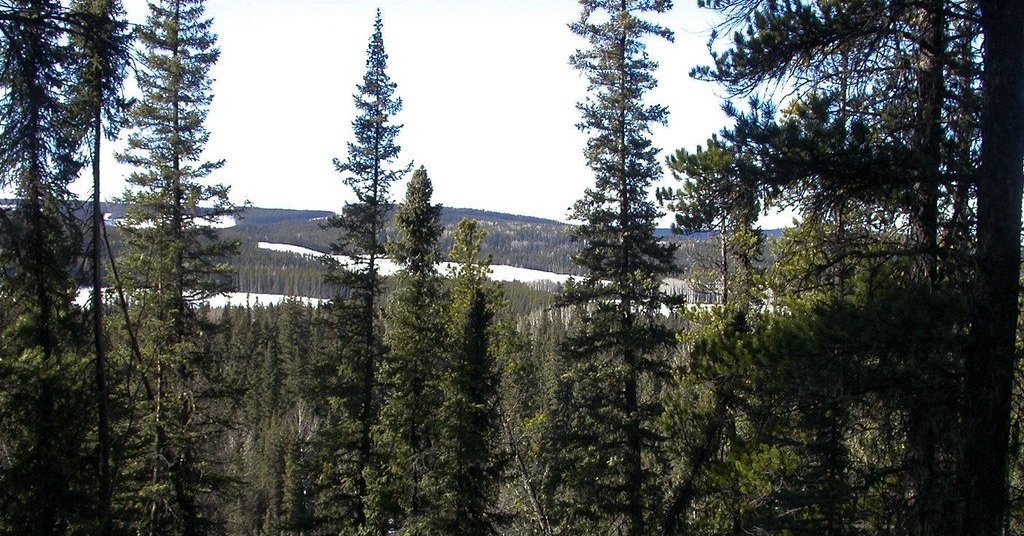
A hilly region central along the Alberta-British Columbia border, east of the Canadian Rockies, covered in boreal forest.
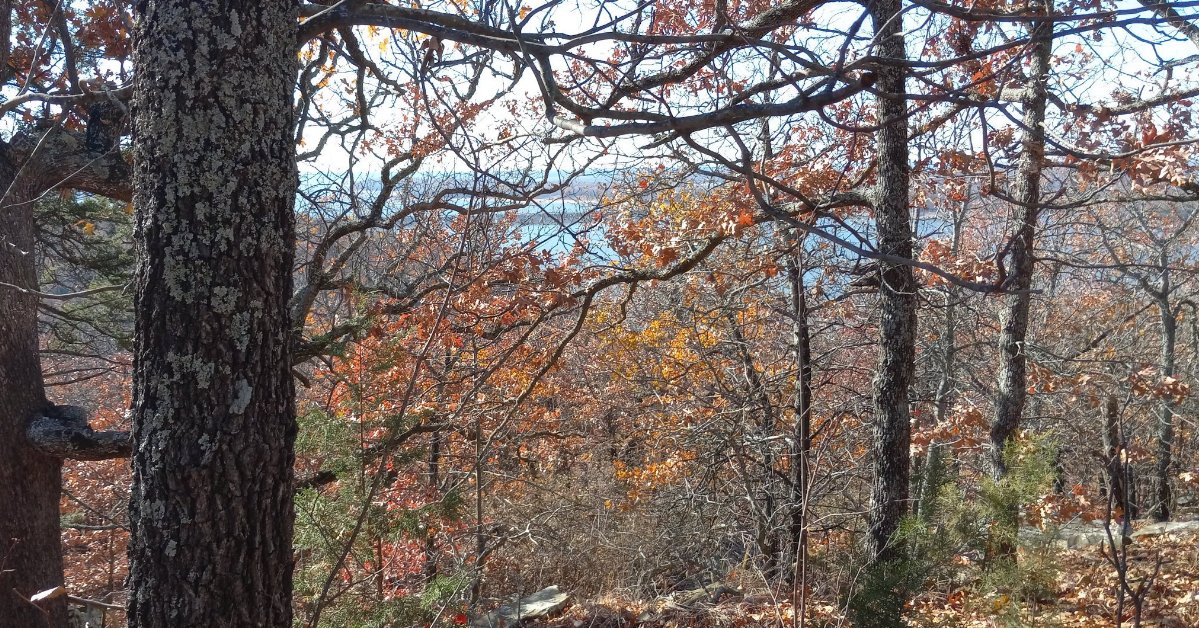
A region in Oklahoma and slightly into Kansas, with varied topography, soils, and vegetation cover.
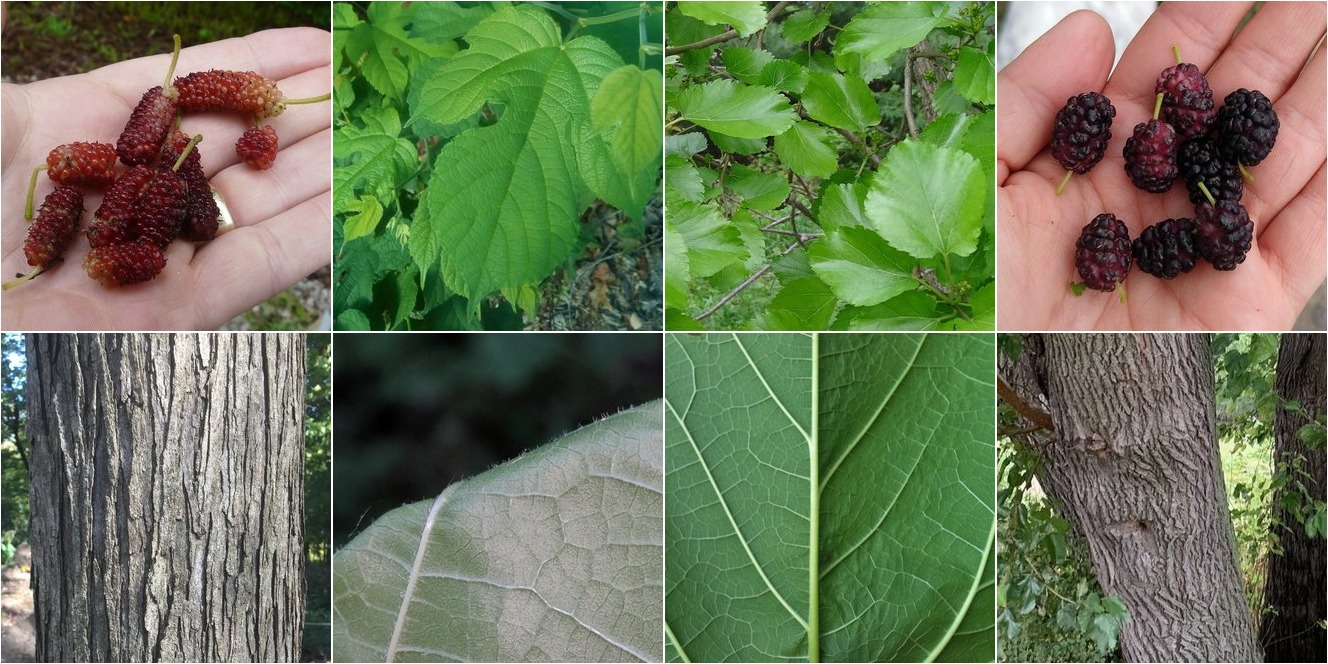
These species are usually easy to tell apart if looking at a pure species, but they readily hybridize and form intergrades, and it may not be possible to identify all individuals. The native red mulberry mostly occurs in mature bottomland forests whereas the invasive white mulberry ranges farther north and west, and is more likely as a pioneer species in disturbed habitats.
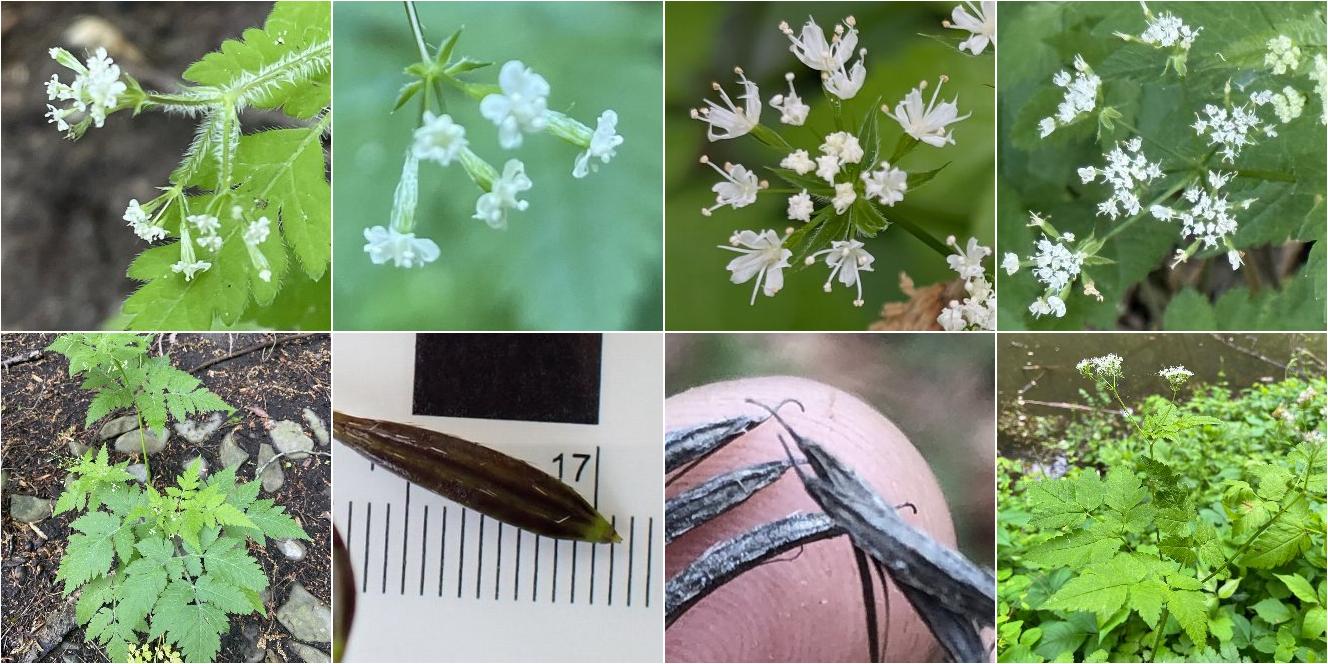
These two species are visually similar, frequently occur together in the same habitat, and bloom at the same time. They can be told apart by examination of their flower clusters and seeds, and they have subtle differences in their leaves as well. O. claytonii ranges farther north, favors higher elevations, tolerates slightly drier sites and rockier soil, and is slightly more restricted to sites with good drainage, whereas O. longistylis ranges farther south and west, favors lower elevations, and is slightly more likely on moister sites.
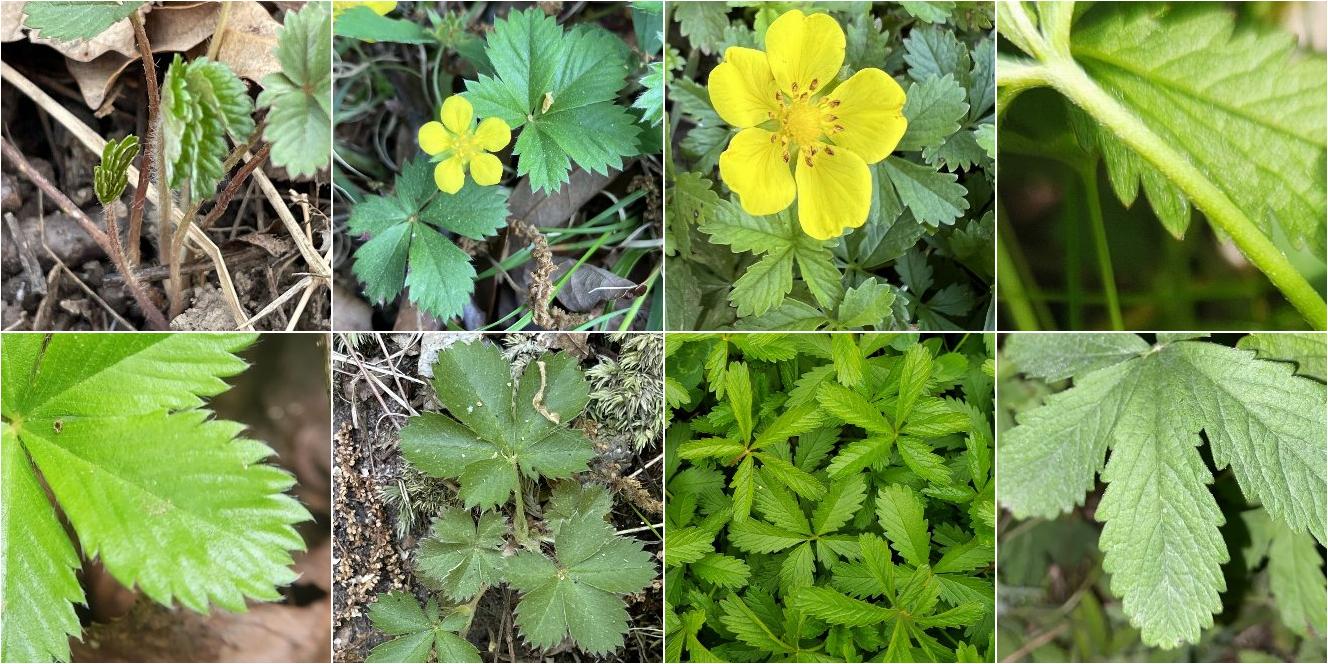
These two species, one native and one introduced, are visually-similar and easily confused; both can grow in lawns, but they have little overlap in preferred soil conditions. They can be distinguished by leaves and flowers as well as several other subtle differences. The native P. canadensis has a more extensive range, and prefers dry, acidic soils, whereas P. reptans has only been introduced at scattered sites, but it can occur farther west, and can be invasive where it occurs. It ranges into moister conditions and prefers near-neutral pH.

